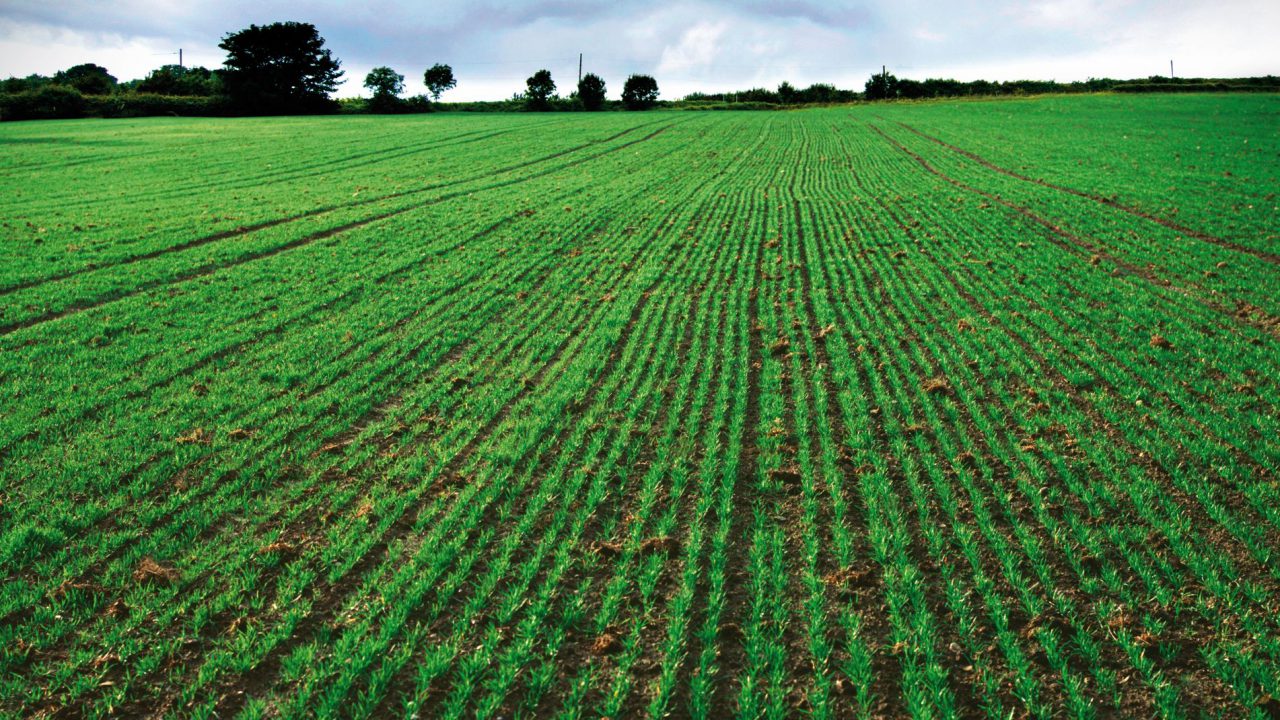Controlling slugs in cereal crops has become a major challenge for tillage farmers in many parts of the country over the past number of weeks.
Weather will always be a key factor in determining crop yields.
Over the past number of years, it seems to have come around in blocks – periods of very dry weather followed by exceptionally heavy rains.
In October Moorepark in Co. Cork recorded rainfall levels double the expected average for that time of the year. In Dublin the corresponding figure was 123%.
November has continued in the same, very unsettled vein.
Cereal crops
From an agronomy perspective, crops were planted later than would normally be the case. As a result, they were planted out into colder and wetter soils.
Crops were slower to emerge and the torrential rain of recent weeks has left standing water in many fields, resulting in significant damage.
Due to the wet conditions, pests such as leather jackets and slugs are more problematic than would normally be the case.
Teagasc tillage specialist, Ciaran Collins discussed the best way to control other pest populations during his contribution to a recent Tillage Edge podcast.
He explained: “Even well drained soils are at field capacity now, from a soil moisture perspective.
“And this is a direct impact of the recent heavy rains. Given the cooler conditions, crop establishment rates have slowed down, which gives slugs and other pests a bit of an advantage.
“What we are trying to do is get crops established and get them away from any pest-related problems. The longer this takes, the greater opportunity for pests to cause damage,” he added.
Slugs and pests
According to Collins, slugs tend to be a localised problem. Growers should be on the look-out for issues in specific fields where slugs have caused real damage in the past.
“Overall, the number of crops impacted by slugs is quite small. However, where the problem does arise, it can create significant challenges,” Collins said.
According to Collins, there are three types of slug-related damage to look out for. These are: The shredding of the crop leaves; poor emergence caused by hollowed-out seed; and the appearance of yellow leaves, caused by slugs grazing below the soil surface.
“This last issue is a recently identified, slug-related phenomenon. The damage created is similar to that caused by yellow jackets,” he explained.
Additional risk factors, where slugs are concerned, include later sown oilseed rape crops and oat straw that had been incorporated into the soil prior to the planting-out of a new crop.
